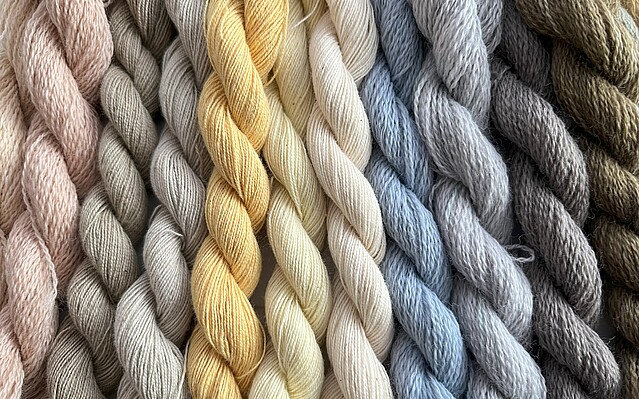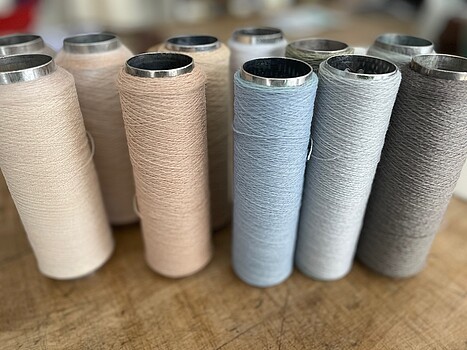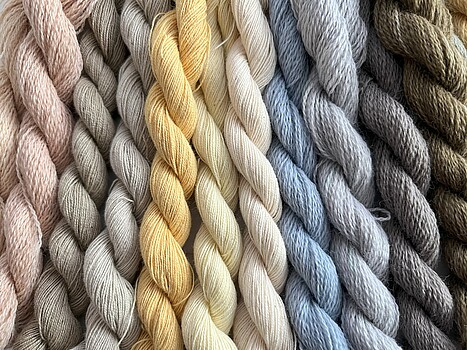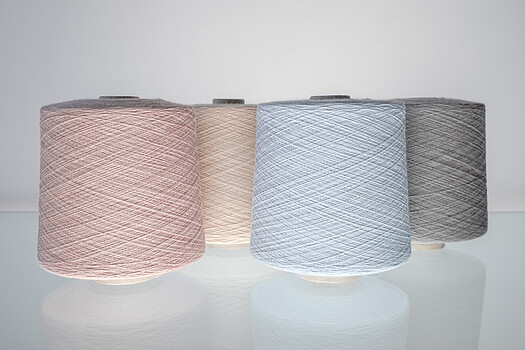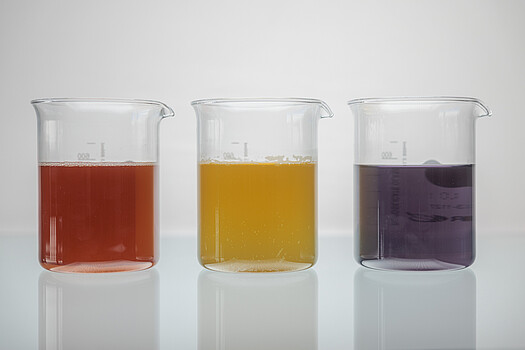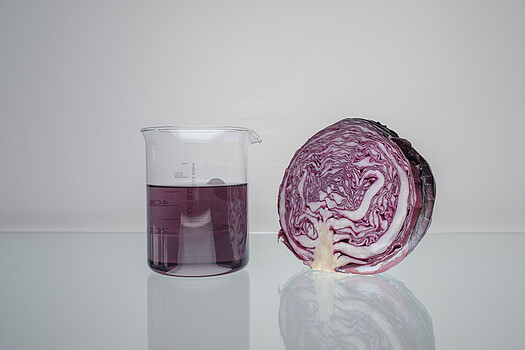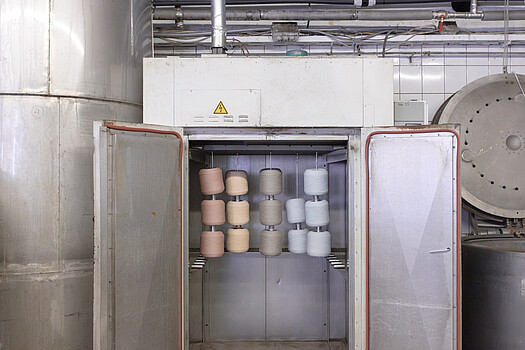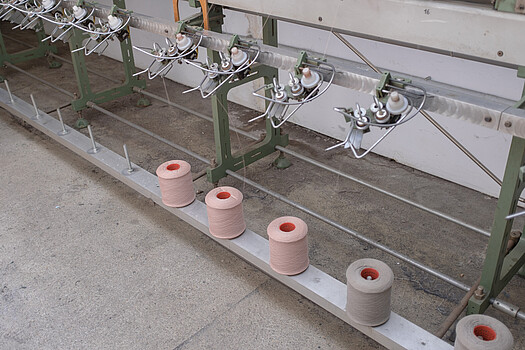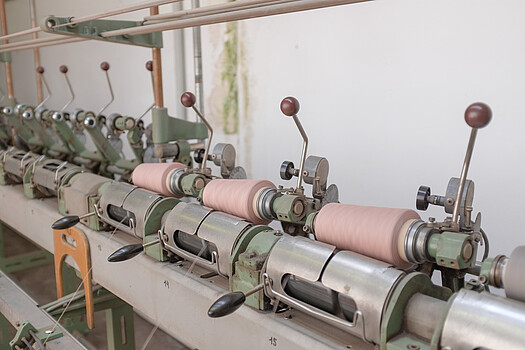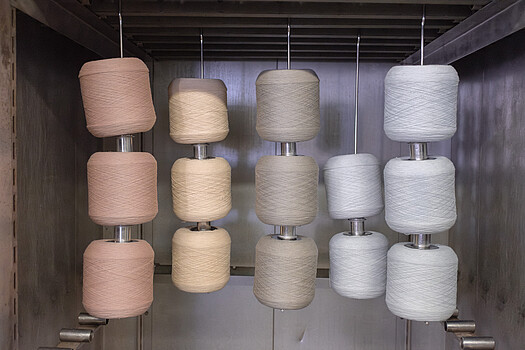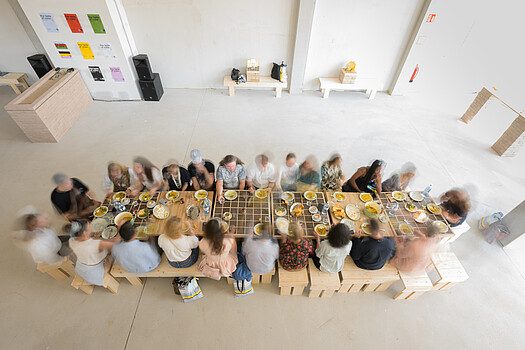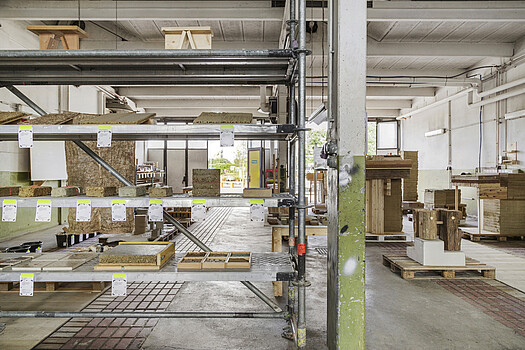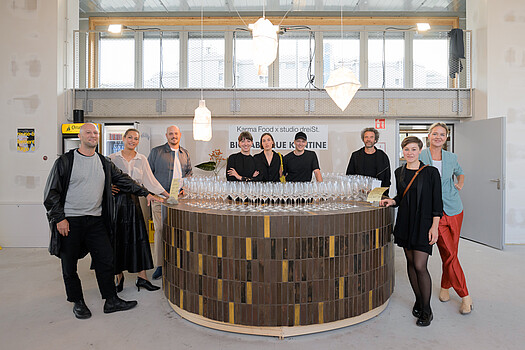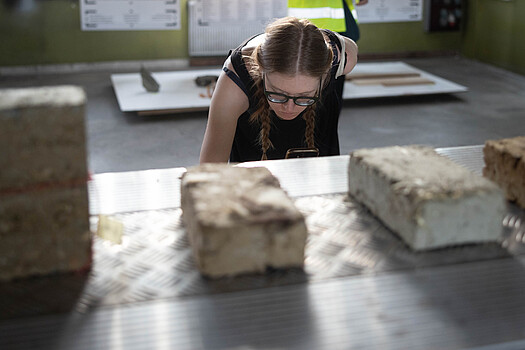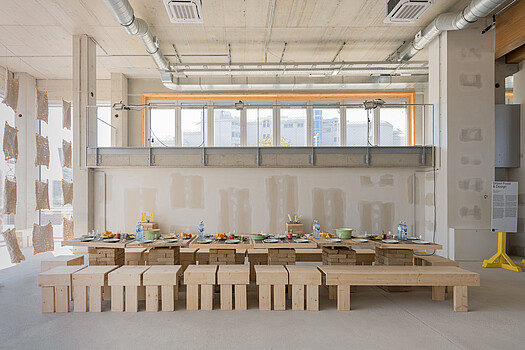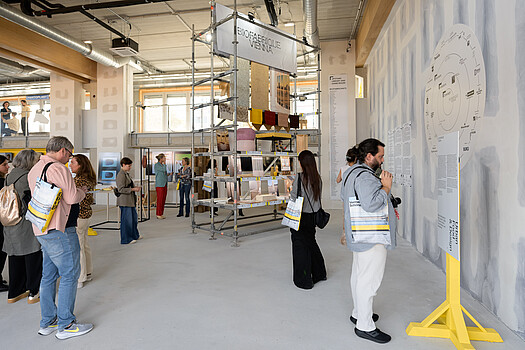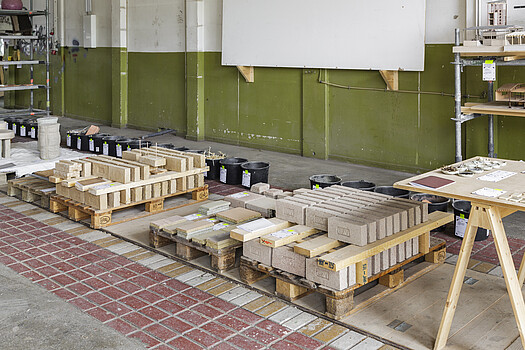Biofabrique Vienna – Design from Viennese waste
September 24, 2024|Karin Bellmann
What happens when unavoidable food waste is turned into colors? Can an onion peel really dye fabrics, or can an avocado pit open up a whole new color spectrum? And how can colors be designed to be local, economical, and environmentally friendly? In a city that is increasingly focusing on the circular economy, Biofabrique Vienna shows how unused resources can be transformed into new materials.
Whether it's excavated material from subway construction, leftover baked goods, onion skins, or avocado pits—leftovers that would otherwise end up in the trash become the starting point for design at Biofabrique Vienna. What began in 2024 as an experiment in sustainable building materials is now a flagship project for the city of Vienna—and is now entering its second edition with a focus on WIENER FARBEN (Vienna Colors).
Pigments from the city
Instead of synthetic chemicals, high water consumption, and microplastics, as used in conventional dyeing methods, the WIENER FARBEN project at Biofabrique Vienna relies on what Vienna already has to offer: unavoidable food waste such as onion skins, carrot tops, red cabbage, and avocado pits. Less well-known plants such as Japanese knotweed, which is spreading rapidly and displacing native species, are also being investigated as possible sources of color. What normally ends up in organic waste becomes a resource for dyes and pigments.
The aim is to further develop the experiments so that they also work on a larger scale and offer a sustainable and regional alternative to conventional dyeing methods in the textile industry.
The first dye samples have already been produced in collaboration with the Fritsch dyeing company. The results will be presented in an exhibition curated by Ute Ploier and textile designer Antonia Maedel as part of VIENNA DESIGN WEEK 2025. The debut of WIENER FARBEN also marks the beginning of a year-long collaboration between the University of Applied Arts Vienna, the University of Art and Design Linz, and TU Wien. Joint research is continuing at Biofabrique Vienna into how natural colors can be obtained from regional raw materials.
That was the first Biofabrique Vienna
The first edition of Biofabrique Vienna launched as part of the Climate Biennale in spring 2024 and laid the foundation for today's WIENER FARBEN project. Together with the Institute of Architecture and Design at TU Wien and Atelier LUMA, research and experimentation were conducted on new materials such as bricks, glazes, panels, and plasters. The raw materials and content support were provided by partners such as the Ströck bakery, Wiener Linien, Ottakringer, and Wienerberger.
After just one month, the first Biofabrique Vienna brick was presented—made from excavated soil from the U2/U5 expansion and beer spent grains, a by-product of beer production. In the end, a total of 20 material combinations were available—all developed from unused resources in Vienna.
The first design project was not long in coming: the Viennese studio dreiSt. developed the “Biofabrique Kantine” from the new materials – a modular room system that served as a modern coffee house and festival center during Vienna Design Week 2024. The flexible seating furniture and tables were then reused in the temporary Biofabrique showroom in the DOCKS built by ARE.
Next Generation: Wiener Ziegel
The exploration of local excavated material will continue in the future: the first phase of Biofabrique Vienna gave rise to the follow-up project “Wiener Fliese – wall coverings made from Viennese clay.” Together with Wiener Linien and Wiener Stadtwerke, research is being conducted into how clay excavated from subway construction can be used as wall coverings in public spaces – sustainably, locally, and circularly. The project is being implemented by bioregional.agency with Anna Riess and Marie Janssen, accompanied by curator Jan Boelen.
